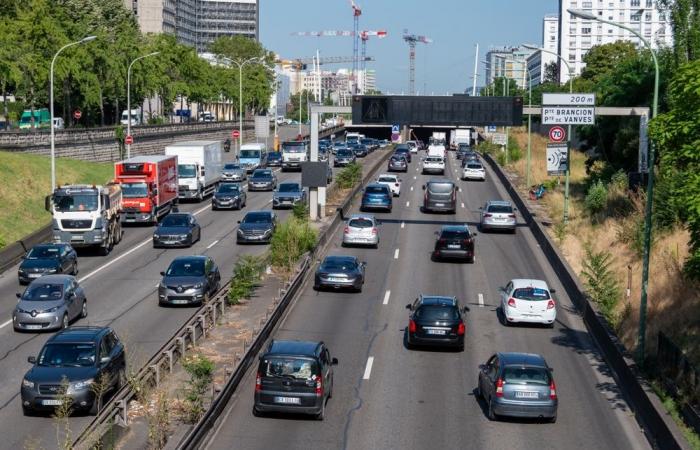Since October 1, 2024, the maximum speed on the Paris ring road has been reduced to 50 km/h. This decision, adopted out of concern for public health and the fight against pollution, arouses contrasting reactions, particularly between the regional majority led by Valérie Pécresse and elected environmentalists.
The challenges of reducing speed in the face of pollution
Lowering the speed to 50 km/h meets several objectives. Data published by the Paris Region Institute (IPR) confirm promising results:
- Reduced traffic jams : a reduction in congestion of 2.7%, with a reduction of 17.4% in traffic jams.
- Noise reduction : the average sound level fell by 1.9 decibels, or almost 40% in sound volume.
- Improved air quality : a significant reduction in nitrogen oxides (NOx) and fine PM10 particles.
These figures contrast with the initial criticisms made by Valérie Pécresse, president of the Île-de-France region, who saw this measure as punitive and ineffective.
Political reactions: a heated debate
The measure has divided political leaders. Valérie Pécresse showed marked skepticism, mobilizing the IPR to produce a monthly barometer on the effects of this decision. However, the first results confirm those obtained by the Paris town hall, under the governance of Anne Hidalgo, who had already praised the environmental and health benefits.
Environmentalists, through the regional green pole, did not fail to denounce what they call the “disastrous forecasts” of the regional president. “ this speed reduction is not punitive, but necessary to improve the quality of life of local residents “, they say.
Measurable effectiveness
The data shows that the speed reduction did not significantly slow traffic. The average speed increased from 37.7 km/h in 2023 to 36.7 km/h in 2024. At the same time, the drop in pollution is spectacular, with:
- 25% fewer NOx particles.
- Nearly 50% fewer PM10 particles.
This demonstrates that reducing speed can coexist with an improvement in traffic flow and a notable reduction in pollution. Environmentalists see this as a major step forward for public health and road safety, while calling for this limitation to be generalized to other roads in Île-de-France.
Despite the proven benefits, the measure still arouses resistance, particularly among motoristswho criticize a restrictive adaptation. Opponents highlight the cost of the transition for drivers accustomed to higher speeds, as well as the need for broader consultation before applying such policies.
However, ecologists maintain that these results justify experimentation and extension of the measure. At the same time, they are asking for stronger support, such as the development of public transport infrastructure and the improvement of cycle paths to encourage more sustainable mobility.






